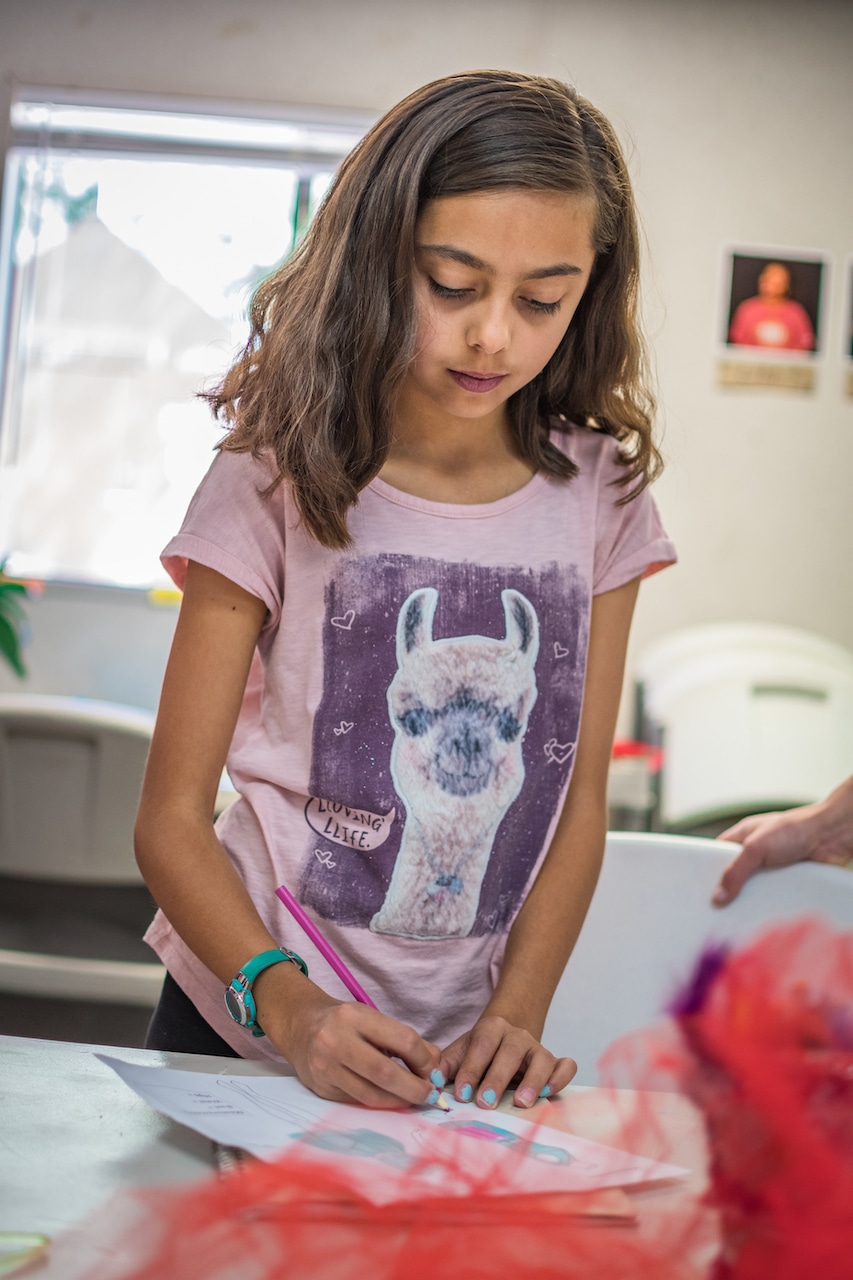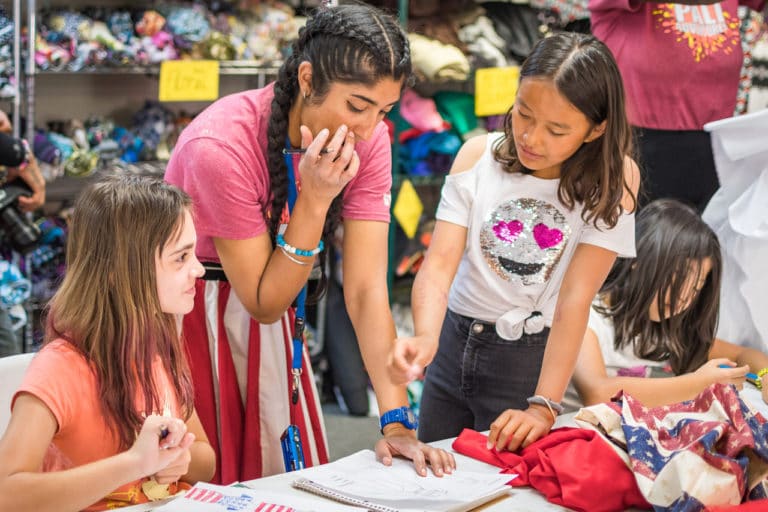Compiling a Mood Board at Fashion Summer Camp

As your child gets older, you’ll notice that they show interest in some topics more than others, and of course, you want to help them explore their interests. After all, some of those interests could lead to a successful future career. The problem is that depending on where you live, it may not be easy to find ways for your child to learn more about their hobbies and favorites.
Summer camp could be the opportunity you’re looking for, and if your child loves fashion, a fashion summer camp could be the ideal choice. Throughout their time at our fashion summer camp, your child will learn about every step in the fashion process from design to the runway.
This summer camp does more than teach your child about fashion, though. It also helps them develop skills they can use for many other aspects of life, both in school and outside of school. Let’s take a closer look at one particular example: the mood board.
What Is a Mood Board?
We’ve all had times when we embarked on a long-term project with a clear vision in mind. As time wore on, though, we lost sight of that original vision and the end result was a muddled and disconnected project.
A mood board is a way to prevent that from happening. Think of it as a visual collage that focuses on one unifying theme.
In fashion design, your child will use a mood board to capture the style or mood they want to portray with the piece they’re designing. For example, let’s say your child wants to design a fun and flowy boho skirt. They can create a mood board full of images that capture the mellow, fun, light mood they want their skirt to have.

Why Do You Need a Mood Board for Fashion Design?
Fashion design is a true art form. It requires inspiration and vision merged with technical skills and hard work.
For a garment to turn out the way you expect and hope, you need to start with a solid and concrete vision for the finished product. Beyond knowing what shape you want the garment to take, you need to know what type of style or personality you want that garment to embody. A mood board forces a designer to pause and truly think through that aspect of the design before they get started.
A mood board also helps you with the rest of the designing process, not just the initial conception. Designing and creating a garment from start to finish is a long process with many steps. Over the course of those steps, it’s easy to lose sight of the inspiration you had when you first started.
By keeping your mood board on hand throughout every stage of creating your garment, you can keep your mind on track and stick to a singular idea in every step. At the end, you’ll have a garment that truly captures your original vision rather than looking like it was designed by a committee of people who couldn’t agree on what they wanted.
How to Create a Mood Board
At fashion summer camp, our experienced instructors will be able to guide you through every step of creating an effective and specific mood board. It can be helpful to have an idea of the process and how it works in advance, though.
The first step in creating a mood board is to come up with the mood you want to capture with your garment. How do you want to feel while wearing your garment? What types of occasions do you picture wearing it to? What is the first thought you want people to have when they see your garment?
With that in mind, it’s time to start collecting images that fit your vision. For some people this works better on a computer, but others prefer to create a physical mood board.
If you want a digital mood board, the internet is your oyster. You can browse the web to find images that fit the mood and style you want for your garment. These can be landscape pictures, photos of people at certain events, color schemes, silhouettes, and more. Arrange all these images onto a singular document in any program you choose.
For a physical mood board, you’ll follow the same process but you’ll look for images in magazines, old calendars, and anything else you find. You’ll paste these pictures onto a poster board, attach them to a bulletin board, or use any other method you choose.

How Mood Boards Help With Other Tasks
A mood board is a helpful part of the fashion design process, but it can go far beyond fashion as well. For starters, you can use a mood board for any art form: painting, writing, crafting, and much more. No matter what you’re creating, it helps to have a well-defined vision and a mood board can keep you on the right track.
Learning to create a mood board also teaches you more abstract skills you can use in other aspects of life. In particular, it trains you to pause before starting a project to think through the entire process and the end result you want to create. It also helps you learn how to stay on track with a singular idea or task from start to finish.
This ability to think ahead and follow through will help with countless aspects of life, from school projects to relationships to performing well at work.
Learning About Mood Boards and More at Fashion Summer Camp
Fashion summer camp is an opportunity to learn about every stage of the fashion creation process. You learn to pull inspiration, to design, and to sew as well as learning how to style and model an outfit. A mood board is merely one of many useful new skills you’ll learn during your camp experience.
To get your fashion summer camp on the calendar, enroll in our upcoming camp sessions today.